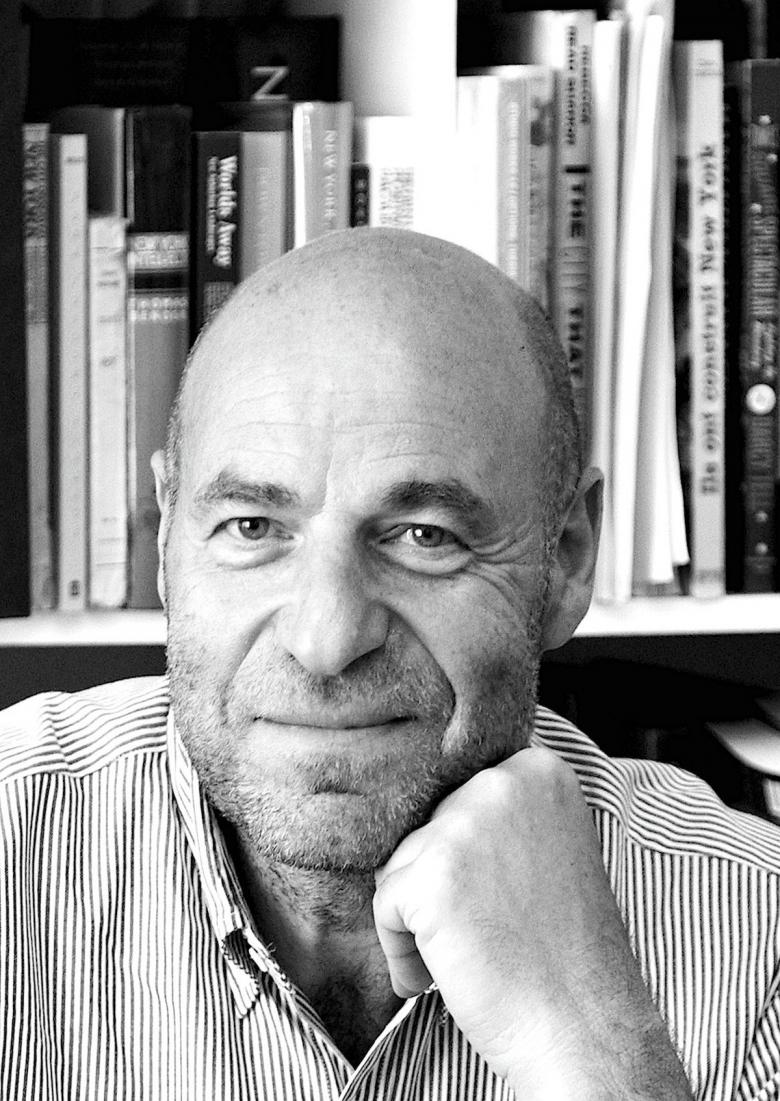Jean-Louis Cohen in 2009 (Photo: Mandanarch/Wikimedia Commons)
Jean-Louis Cohen, the French architectural historian and longtime professor of architectural history at the New York University Institute of Fine Arts died unexpectedly on August 7, 2023.
Mies and Corbu, arguably the two most prominent figures in 20th-century modern architecture, are typically depicted at opposite ends of the spectrum: The German Ludwig Mies van der Rohe mastered a male, sober, catholic, elegant, black-and-white steel architecture; while his counterpart and contemporary, Le Corbusier (Charles-Édouard Jeanneret), invented an artful and playful, spatially intriguing béton brut architecture that was as bold as it was refined. While these are superficial readings, it is still interesting to observe that both talents shared the same researcher, Jean-Louis Cohen, who shed ever new lights on their oeuvres and was one of the greatest architectural historians of early modern architecture.
Cohen died on vacation shortly after his 74th birthday from an allergic shock after a bee sting. His death is a great loss for architectural discourse, not least because Cohen was omnipresent as an author, specialist, and connoisseur. While Mies and Le Corbusier were ever-present in his writings, exhibitions, and other narratives, Cohen also was a specialist on the Soviet avant-garde, his hometown of Paris, and the architecture of the dictatorships of Europe in 20th-century Germany and the Soviet Union. He spoke perfect German and was a member of Berlin's Akademie der Künste from 2003. His monographs on Le Corbusier and Mies, as well as books on the American influence on Russian architecture, are lasting contributions that widened the canon of understanding the different global threads of modern architecture.
His five-decade career began with the exhibition Paris – Moscou, 1900–1930 at the Centre Pompidou in 1979. He became one of the fathers of the Cité de l'architecture et du patrimoine in Paris, often considered one of the finest institutions for the culture of the built environment in Europe. Later in his life, Cohen taught at the University of Paris and Princeton University, and was Sheldon H. Solow Professor in the History of Architecture at NYU from 1994 onward. He was able to distill his view on the history of modernism in such books as The Future of Architecture Since 1989, published in 2012, and the earlier Scenes of the World to Come: European Architecture and the American Challenge, 1893–1960.
From his initial interest in Soviet and German modernism, the critic, historian, curator, author, docent, mentor, and authority moved on to larger scales such as the urban designs of Algiers, Casablanca, New York, and Paris. His biographical interest focused on other famous architects and historians, such as Frank Gehry and Bruno Zevi. A great exhibition on Corbusier was displayed in 1987 at the Centre Pompidou, succeeded by The Lost Vanguard: Russian Modernist Architecture 1922-1932 and Le Corbusier: An Atlas of Modern Landscapes, both at the Museum of Modern Art in New York, and numerous exhibitions at the Canadian Centre for Architecture, including Scenes of the World to Come, Architecture in Uniform: Designing and Building for the Second World War, and Building a new New World: Amerikanizm in Russian Architecture.
Artigos relacionados
-
-
-
Jack C. Taylor Visitor Center at the Missouri Botanical Garden
Ayers Saint Gross | 09.12.2024 -
-
